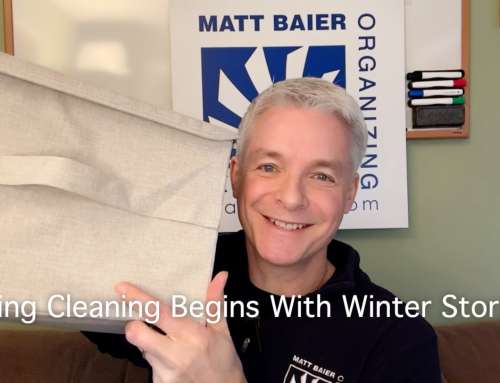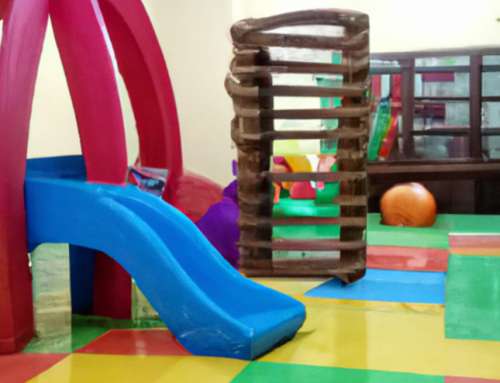Diversion Tunnels
In 1931, work began on the Hoover Dam, but before one bucket of concrete could be poured into the dam, the mighty Colorado River had to be diverted through four massive tunnels. If your whole house needs some serious organizing, a lesson can be drawn from the Hoover Dam. Your colossal task also needs to begin with diversion tunnels, namely the garage and basement. These spaces tend to get little attention, until you run out of storage room for more important items in other parts of your home. Also, the likeliest candidates for disposal and donation tend to live in the garage and basement. By freeing up space in there, you are able to drain many of the seasonal and archive materials that may be clogging up the space in the rest of your home.
In this economy I realize that many of us have to go the DIY route, so here are some useful tips:
- Have an Exit Strategy- Before you dive into the clutter, put together a simple game plan for where it’s all going to go, because it’s so satisfying to get the garbage and donations out on the same day. Find out what time your local dump and donation service close down, if you’re doing the disposing yourself. Also, find out what items your donation service does and does not take. I’ve found that Goodwill tends to take the most, but Salvation Army sometimes will do pick-ups. If you want a one-stop shop for all disposal and donation, residents of Fairfield County will find no better service than Junkluggers. They’re terrific.
- Prevent Regrets- This takes just a little planning but it keep mistakes from being made. Start by clearing away one wall. Clear it 100%, even if you know you will be returning items to it. Reserve that wall for donation items, nothing else. Again 100%. Do the same with the trash. Reduce the guesswork to zero. This practice is particularly important if you are getting help with transporting donations and disposal, but it can also help prevent family squabbles.
- Like With Like- By making an effort to sort like with like, it is easier to really get a handle on your priorities. For example, let’s say you collect all your Christmas decorations in one place and it fills up half your basement. OK so Christmas is important, but what about that home office you’ve wanted to find a place for? By putting all your Christmas items together in one place it is easier to see how much you would be gaining by giving up half. Without this context you may decide you should save that faded, plastic Santa. WITH this context it’s easier to ponder whether you would really miss faded, plastic Santa AND how much it would cost to replace him in the unlikely event you actually DID miss him. Sorting survey says sayonara sallow Santa.
- Decision Table- Anyone who has worked with us knows we don’t go anywhere without our trusty decision table and for good reason. You may not notice it as you dive into those first bags and boxes of clutter, but after a while the repeated bending over can really take a toll on your back. Also, it’s just much easier to make decisions about your stuff if you can clearly see it, spread it out and process it on a clear, flat, well-lit surface.
- Take photos- this may sound unnecessary, but what I’ve found is that it’s surprisingly easy to forget how cluttered your space is after you’ve cleared it. It is tremendously satisfying to take before-and-after photos and it empowers you to take action with your next clutter challenge.
Hope these tips help and if you do take some photos I’d love to see them!












Leave A Comment